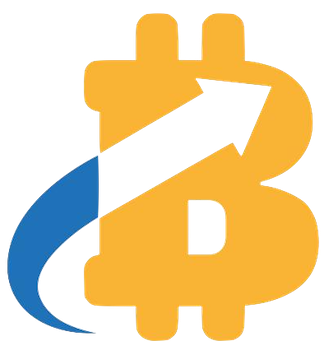The introduction of Coinbase’s x402 protocol marks a significant pivot in the domain of digital transactions, redefining how online payments can operate in an increasingly decentralized environment. Utilizing the previously underwhelming HTTP 402 “Payment Required” status code, this innovative protocol is set to revolutionize not just payment methods but the entire technological ecosystem in which our digital transactions occur. While it may seem like a mundane upgrade in the tech world, x402 has the potential to unleash a sea of change in the way we think about and execute financial exchanges online.
At its core, the x402 protocol is not merely a layer added to existing payment systems; it is a foundational shift that facilitates on-chain payments directly through HTTP, allowing machines to autonomously transact using stablecoins. This is a critical development that tackles longstanding issues associated with conventional payment infrastructures. By enabling APIs and digital services to execute payments autonomously—without human interference or traditional subscriptions—Coinbase is ushering in a new era of financial interaction between machines, services, and users alike.
Empowering Autonomous Operations
Imagine a world where digital services can execute payments seamlessly in real time, independent of human agency. x402 allows applications and autonomous agents to pay for access to APIs or data on-the-fly, thus heralding a practical implementation of Machine-to-Machine (M2M) commerce. This removes human operators from the picture, allowing for smoother transactions and far greater efficiency. This shift may trigger widespread adoption of microtransactions for services ranging from gaming to content publishing, making it economically feasible to monetize digital interactions at an unprecedented scale.
What’s more striking is the protocol’s elimination of common pain points associated with existing payment systems. Under the traditional model, payments can involve lengthy onboarding processes, from pre-registration to human-driven authentication steps. These methods are not just cumbersome; they also introduce latency and chargeback risks that can derail digital interactions. x402’s streamlined model promises settlement times averaging just 200 milliseconds, making it a formidable upgrade—even for industries reliant on real-time data processing.
Infrastructural Paradigm Shift
By adopting a chain-agnostic approach, the x402 protocol supports various tokens and blockchain ecosystems. This flexibility sets a new standard for the digital payment landscape, encouraging developers to adopt these frameworks by removing the barriers associated with single-network dependencies. The potential applications can range from per-inference AI pricing models to pay-as-you-go content streams, thereby creating a landscape that is tailored to the user’s interactions.
Additionally, the elimination of traditional payment processing dynamics—like PCI compliance—streamlines operational burdens, enabling smaller businesses and independent developers to compete against larger players more effectively. With all transactions being final upon on-chain confirmation, there’s a compelling case for enhanced security and trust within these exchanges. In this new world, where autonomy and efficiency reign, businesses can capture revenue in real-time—essentially flipping the traditional paradigms of payment processing on their head.
Architecting the Future of Payments
Furthermore, the x402 protocol’s integration of EIP-712 standards introduces a level of human-readable data signing that enhances verifiability and reduces risks associated with replay attacks. This not only reaffirms the commitment to security but also simplifies the often convoluted processes associated with executing transactions. Developers now have access to middleware libraries that make integration smoother—essentially lowering the barrier for entry into what could become a highly lucrative market segment.
Coinbase’s commitment to open-source developments around x402 also opens the door for community participation in further refinement and iteration. The promise of decentralized governance means that we are witnessing the birth of a payment system that is both adaptable and resilient. This is an invitation to developers to engage in a collaborative effort, fostering innovation and utility in ways that traditional models could never achieve on their own.
Through the lens of center-right wing liberalism, it’s pivotal to acknowledge that these advancements also underscore the potential for a more equitable marketplace. By disenfranchising traditional barriers, the x402 protocol stands as a beacon of opportunity for entrepreneurs, small businesses, and innovators ready to redefine how value is exchanged in the digital age.



















Leave a Reply